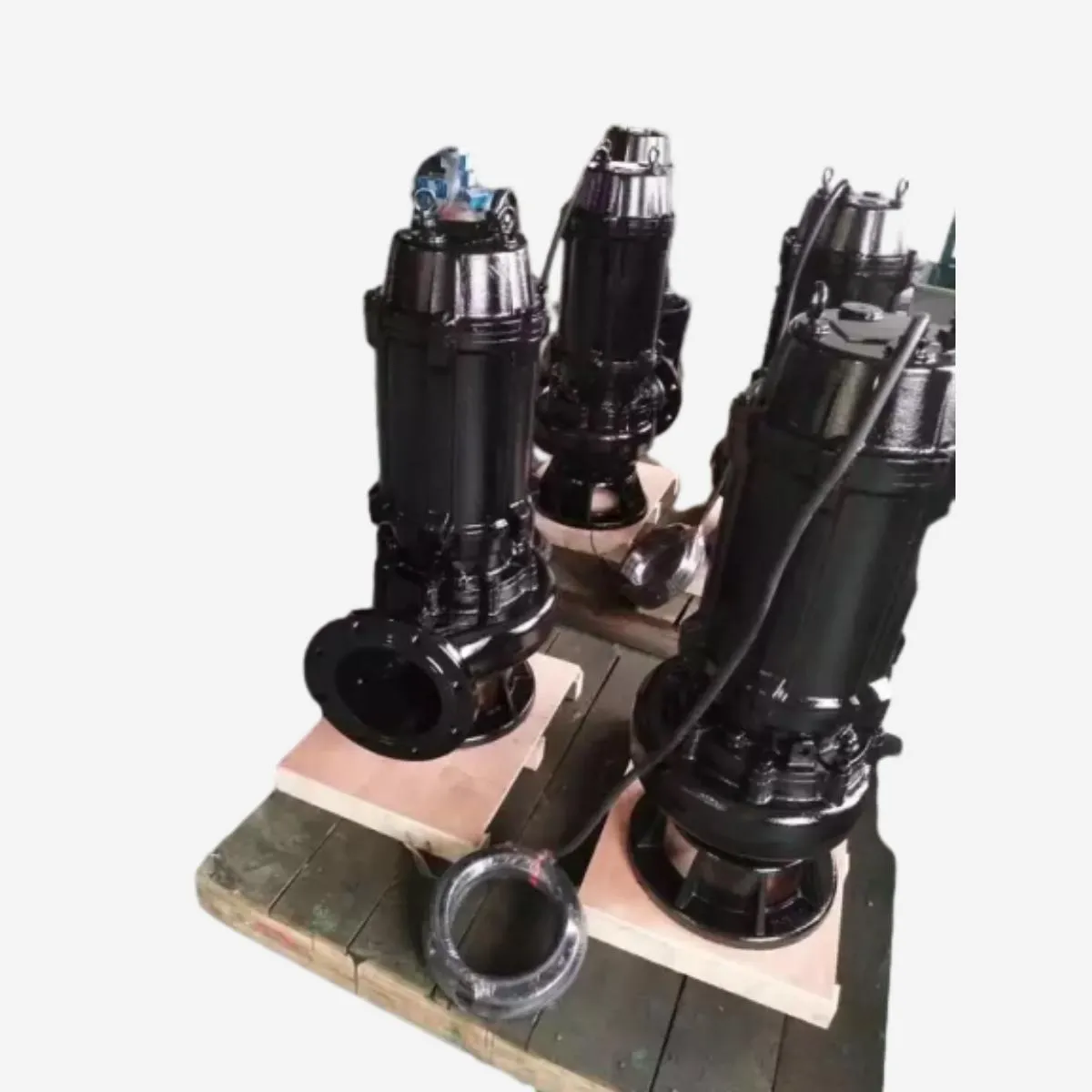Occitan
- Afrikaans
- Albanian
- Amharic
- Arabic
- Armenian
- Azerbaijani
- Basque
- Belarusian
- Bengali
- Bosnian
- Bulgarian
- Catalan
- Cebuano
- Corsican
- Croatian
- Czech
- Danish
- Dutch
- English
- Esperanto
- Estonian
- Finnish
- French
- Frisian
- Galician
- Georgian
- German
- Greek
- Gujarati
- Haitian Creole
- hausa
- hawaiian
- Hebrew
- Hindi
- Miao
- Hungarian
- Icelandic
- igbo
- Indonesian
- irish
- Italian
- Japanese
- Javanese
- Kannada
- kazakh
- Khmer
- Rwandese
- Korean
- Kurdish
- Kyrgyz
- Lao
- Latin
- Latvian
- Lithuanian
- Luxembourgish
- Macedonian
- Malgashi
- Malay
- Malayalam
- Maltese
- Maori
- Marathi
- Mongolian
- Myanmar
- Nepali
- Norwegian
- Norwegian
- Occitan
- Pashto
- Persian
- Polish
- Portuguese
- Punjabi
- Romanian
- Russian
- Samoan
- Scottish Gaelic
- Serbian
- Sesotho
- Shona
- Sindhi
- Sinhala
- Slovak
- Slovenian
- Somali
- Spanish
- Sundanese
- Swahili
- Swedish
- Tagalog
- Tajik
- Tamil
- Tatar
- Telugu
- Thai
- Turkish
- Turkmen
- Ukrainian
- Urdu
- Uighur
- Uzbek
- Vietnamese
- Welsh
- Bantu
- Yiddish
- Yoruba
- Zulu
Telephone: +86 13120555503
Email: frank@cypump.com
Aug . 30, 2024 05:13 Back to list
Pump Tank Septic System
Understanding Pump Tank Septic Systems
A pump tank septic system is an essential wastewater management solution for properties that are not connected to a centralized sewer system. This system is specifically designed to handle the collection, treatment, and disposal of wastewater, ensuring that environmental health standards are met while efficiently managing household waste.
At the heart of a pump tank septic system lies its operation mechanism, which includes a septic tank, a pump chamber, and a drain field. The process begins when domestic wastewater flows into the septic tank, where solids settle to the bottom, and lighter substances float to the top. This natural separation allows for the solids to break down through anaerobic bacteria, resulting in partially treated effluent.
Once the septic tank reaches a certain level or a specified time period elapses, the effluent is then transferred to the pump tank. This is where the pump comes into play. The pump is equipped with a float switch that activates it when the effluent level rises to a predetermined point. The pump then propels the wastewater to the drain field or leach field for further treatment, allowing it to percolate through the soil. This final step is crucial, as the soil acts as a natural filter, removing harmful contaminants before the water enters the groundwater system.
pump tank septic system

One of the primary benefits of a pump tank septic system is its suitability for properties located in areas with high water tables or where the soil has poor drainage capabilities. These conditions can hinder the traditional gravity-fed septic systems, making pump tank systems a reliable alternative. By using a pump to elevate the wastewater, these systems can effectively disperse effluent in various terrains.
Maintaining a pump tank septic system is vital for its longevity and efficiency. Regular inspections and pumping of the septic tank are essential to prevent clogs and backups. Homeowners should also be mindful of what they flush and pour down drains to avoid overwhelming the system with non-biodegradable materials.
In conclusion, a pump tank septic system offers an effective solution for managing wastewater in areas without direct access to sewage lines. By combining the principles of sedimentation and filtration, these systems help protect public health and the environment while ensuring a sustainable approach to wastewater management. Understanding how these systems work and maintaining them properly can lead to many years of reliable service.
-
Horizontal Split Case Pump with GPT-4 Turbo | High Efficiency
NewsAug.01,2025
-
ISG Series Pipeline Pump - Chi Yuan Pumps | High Efficiency, Durable Design
NewsAug.01,2025
-
Advanced Flue Gas Desulfurization Pump with GPT-4 Turbo | Durable & Efficient
NewsJul.31,2025
-
ISG Series Vertical Pipeline Pump - Chi Yuan Pumps | Advanced Hydraulic Design&Durable Construction
NewsJul.31,2025
-
ISG Series Vertical Pipeline Pump - Chi Yuan Pumps | Energy Efficient & Low Noise
NewsJul.31,2025
-
pipeline pump - Chi Yuan Pumps Co., LTD.|High Efficiency&Low Noise
NewsJul.31,2025










